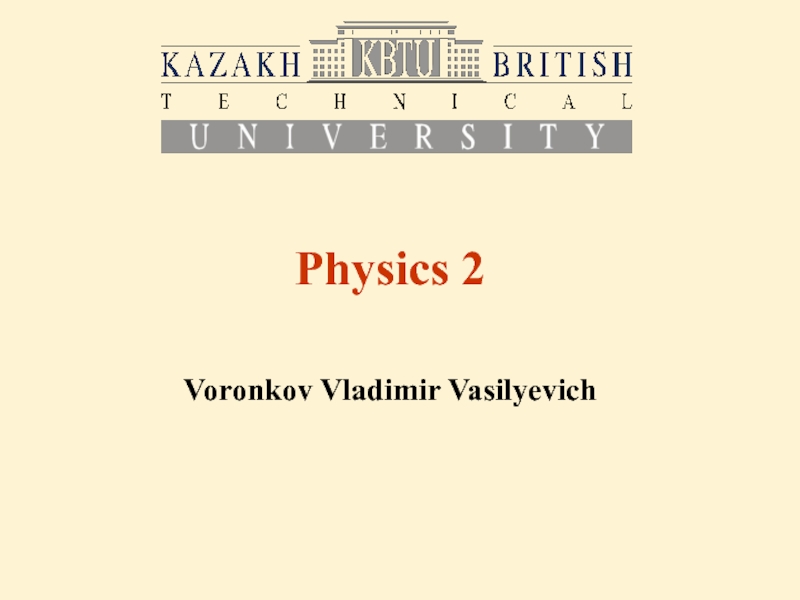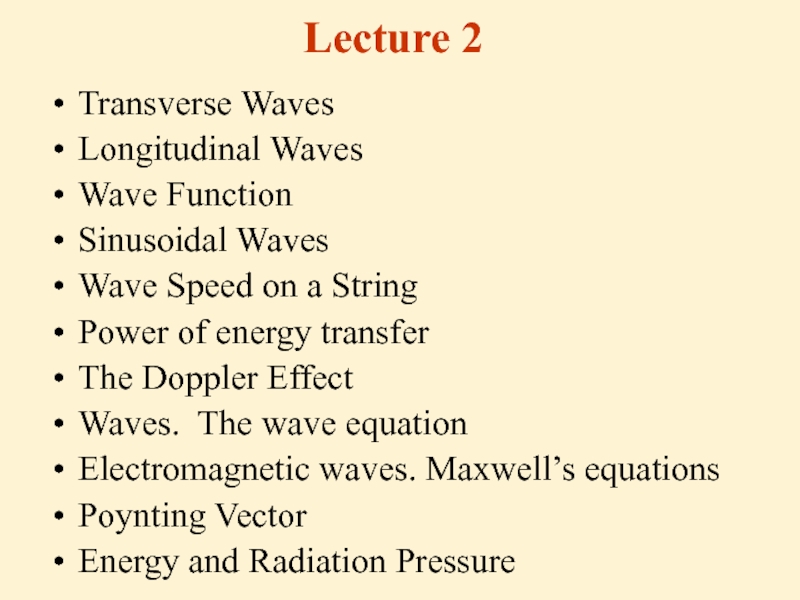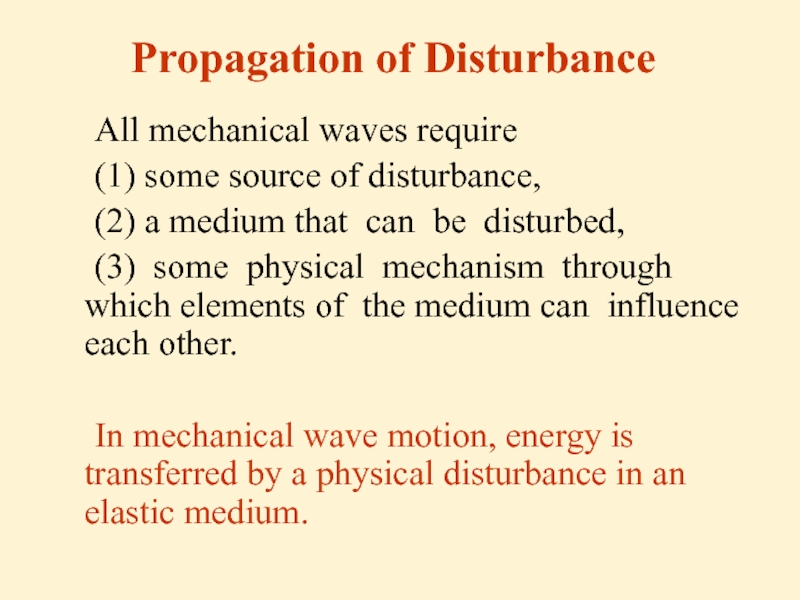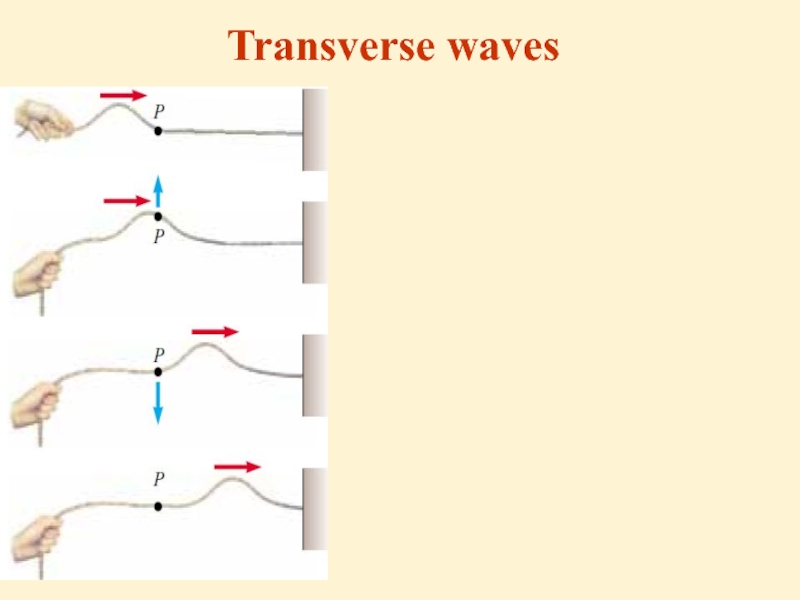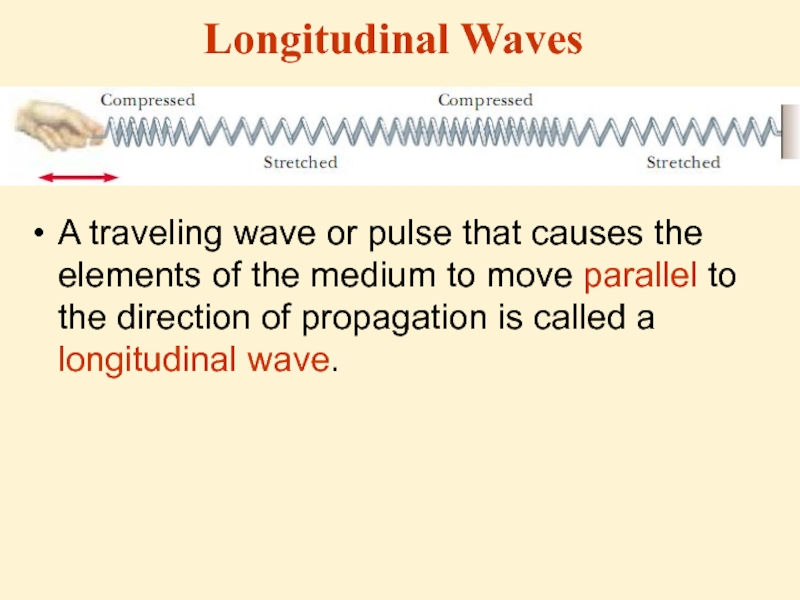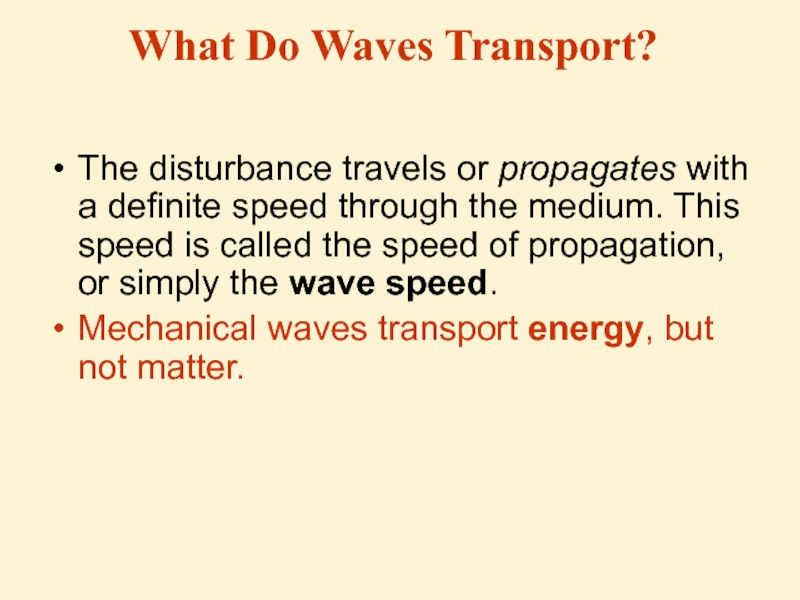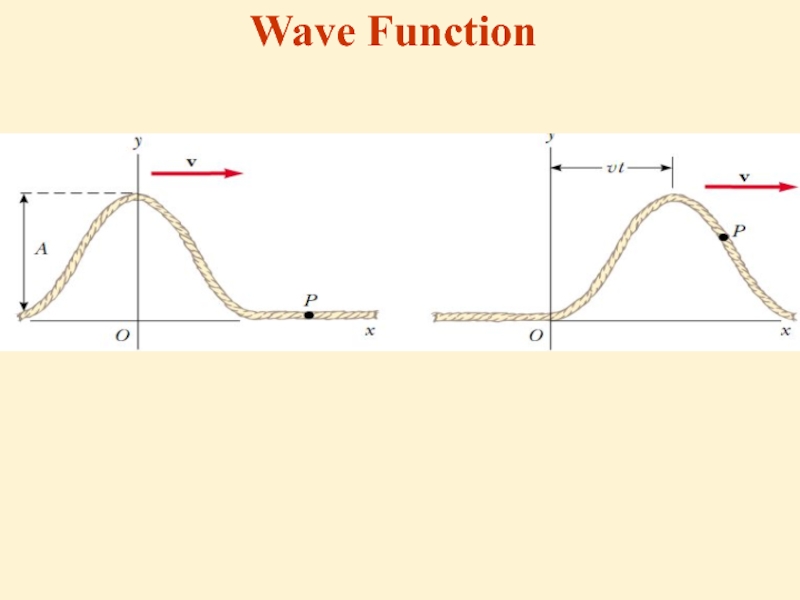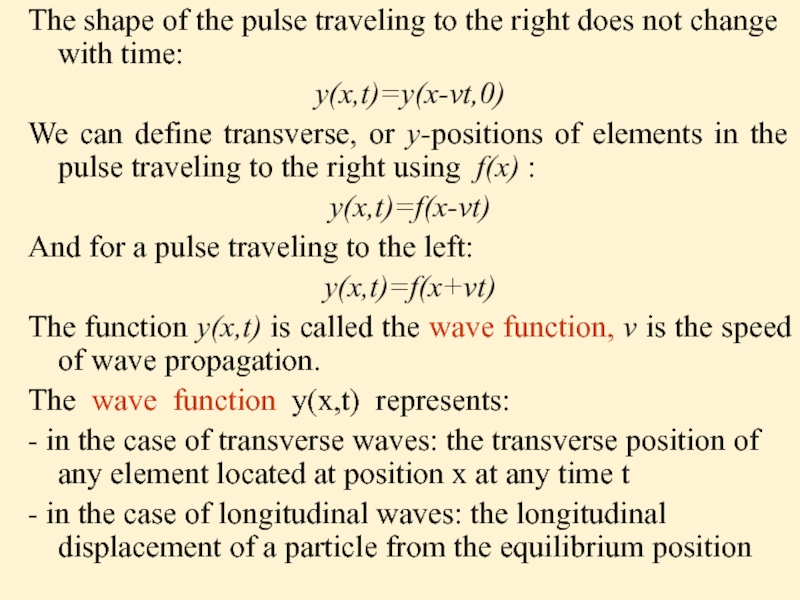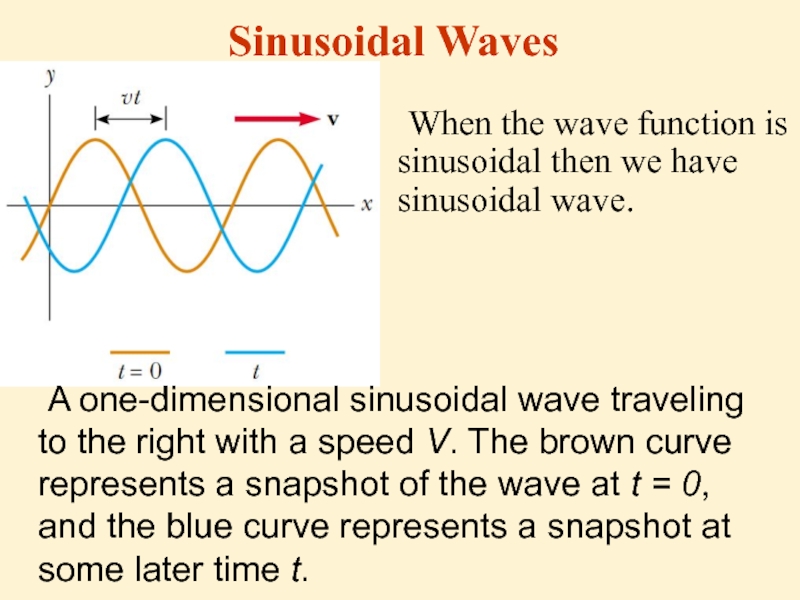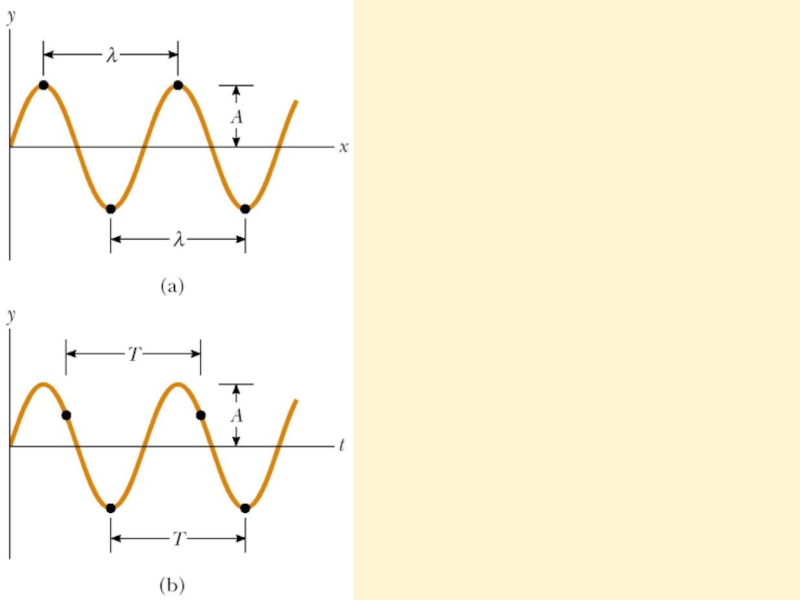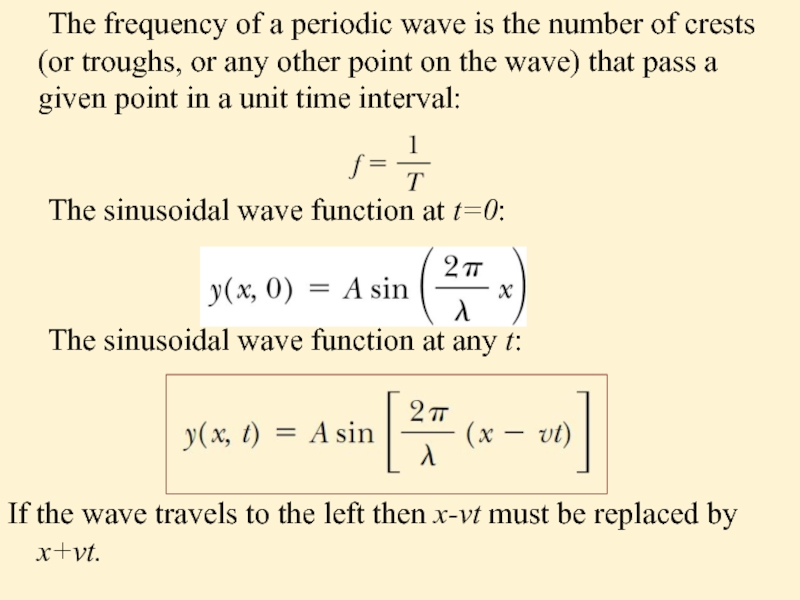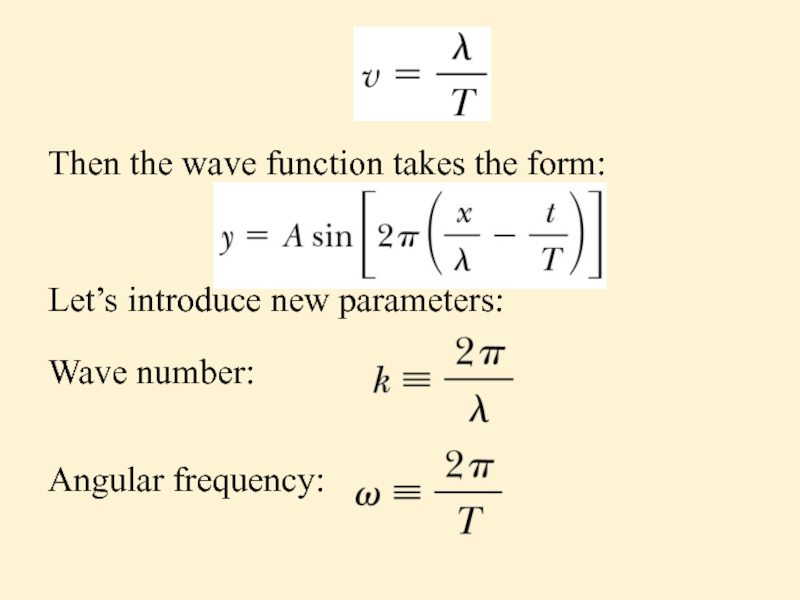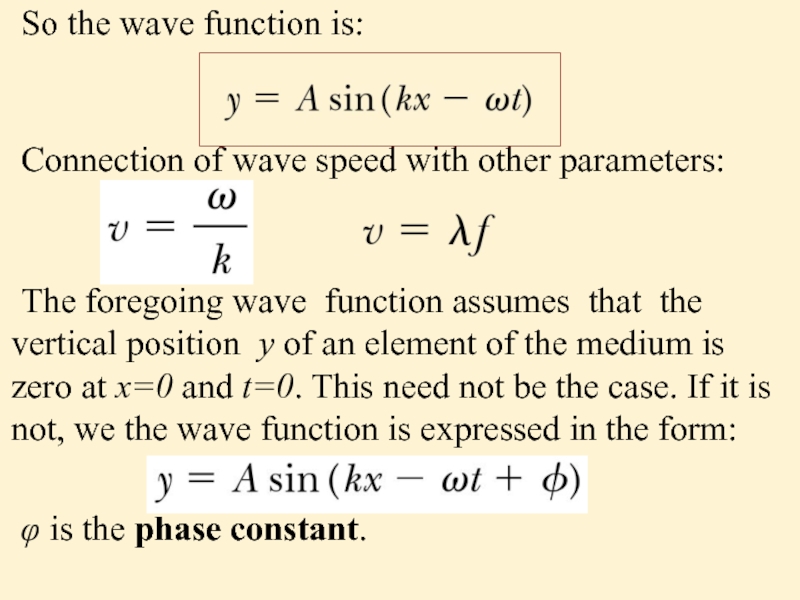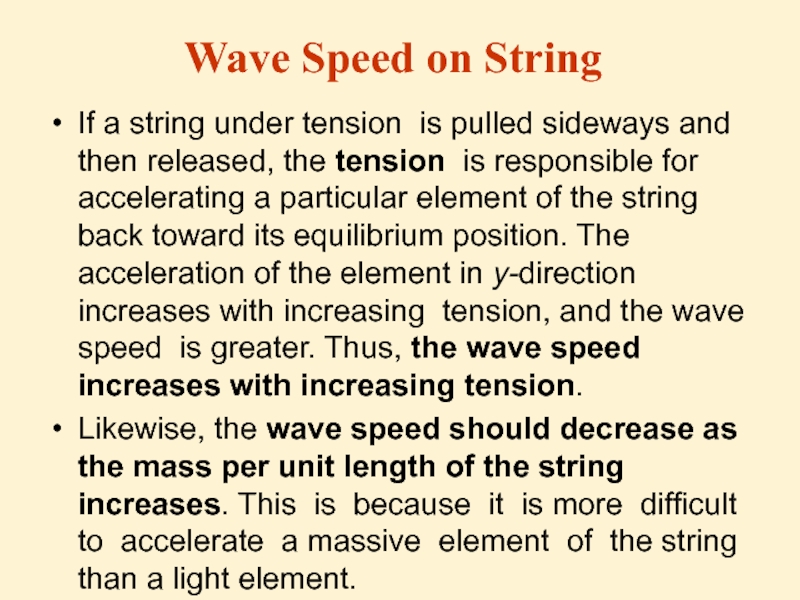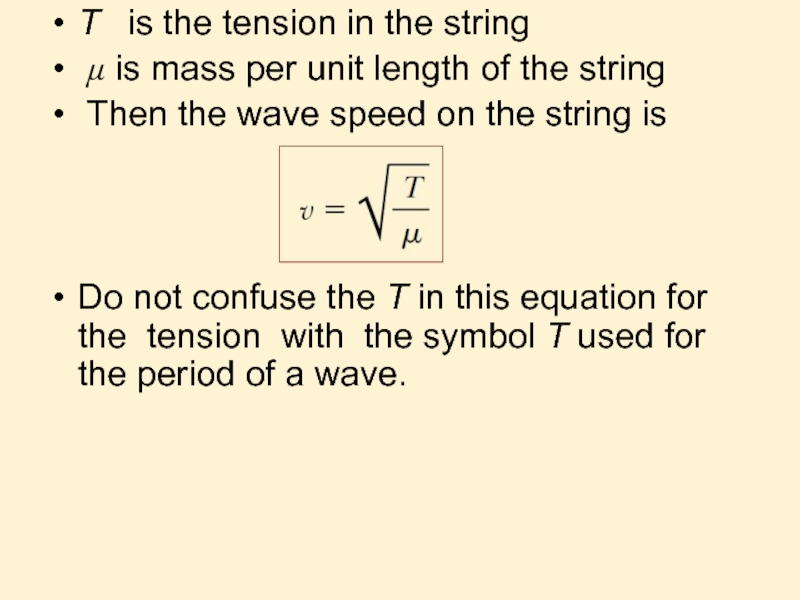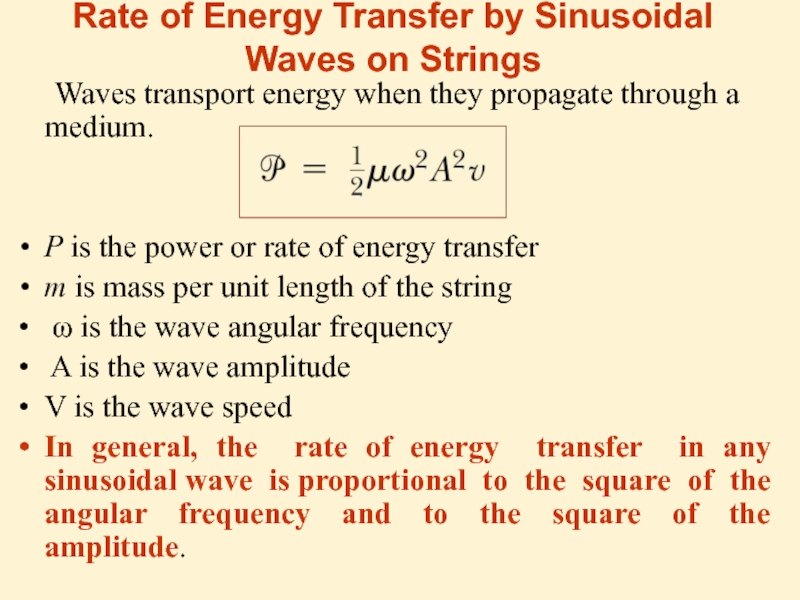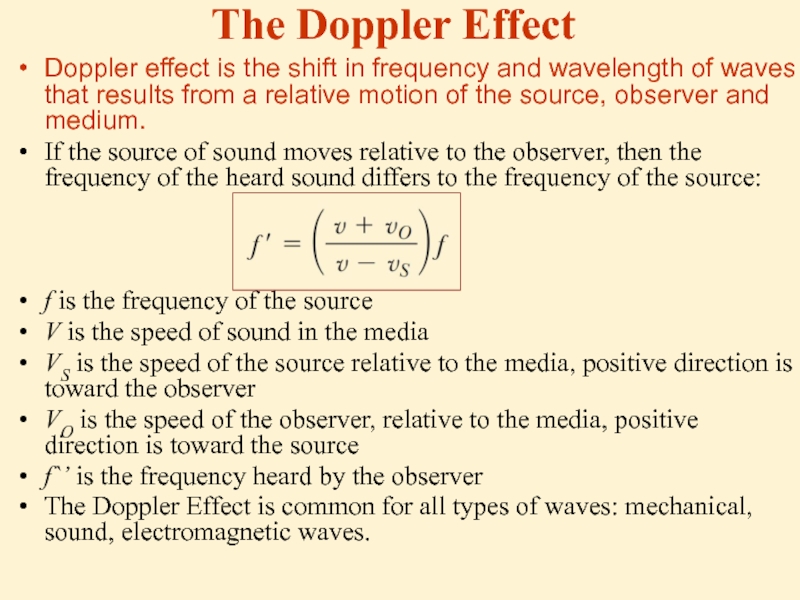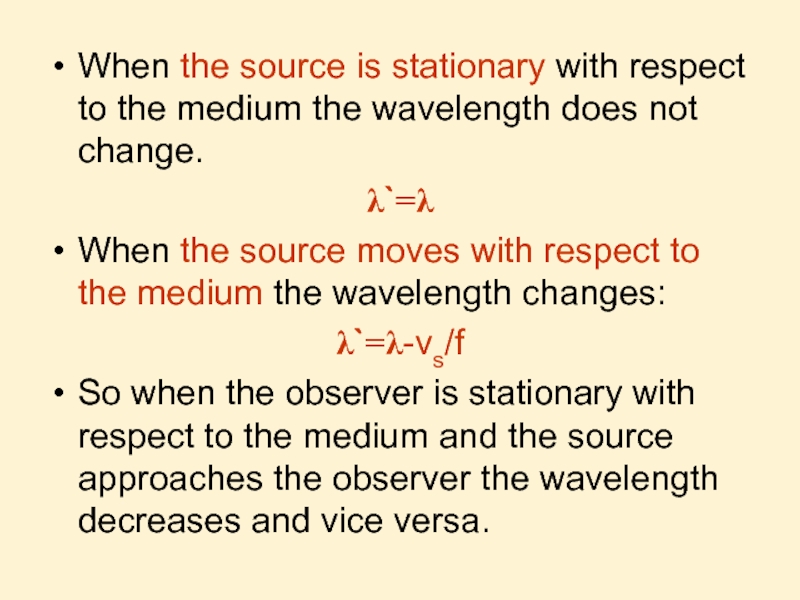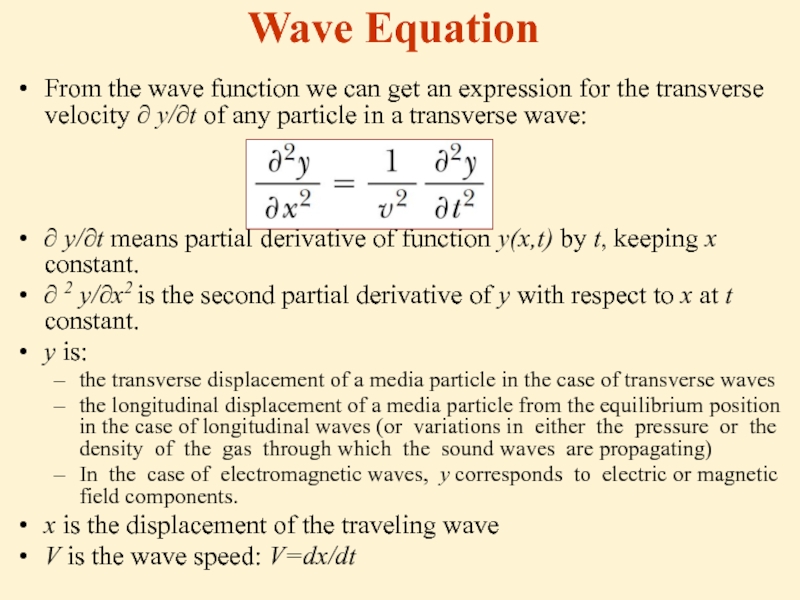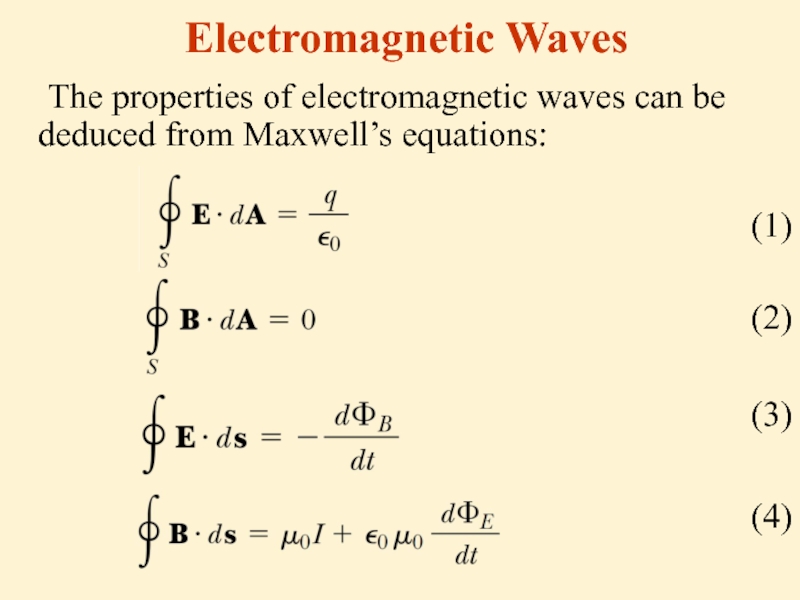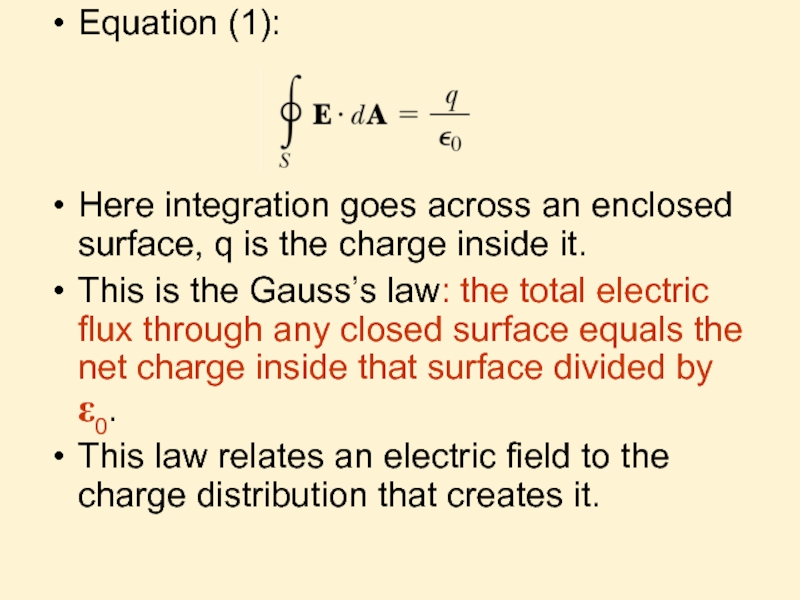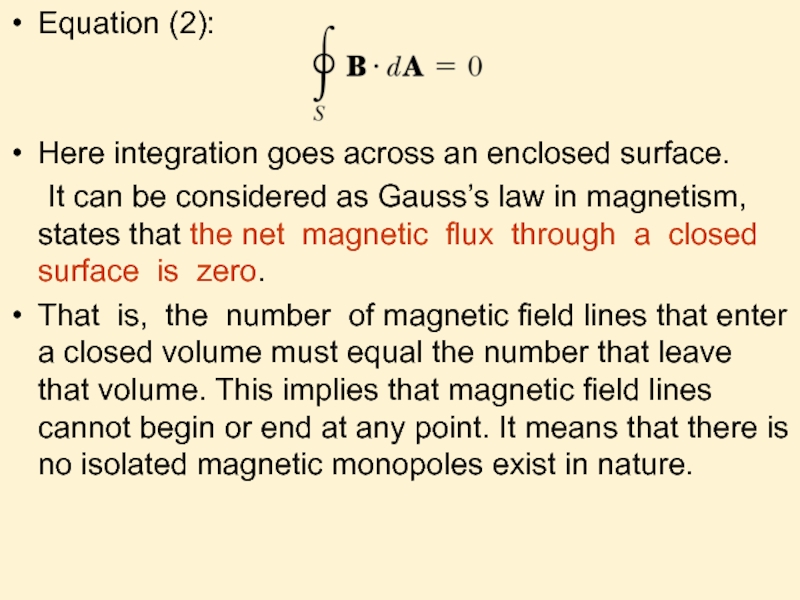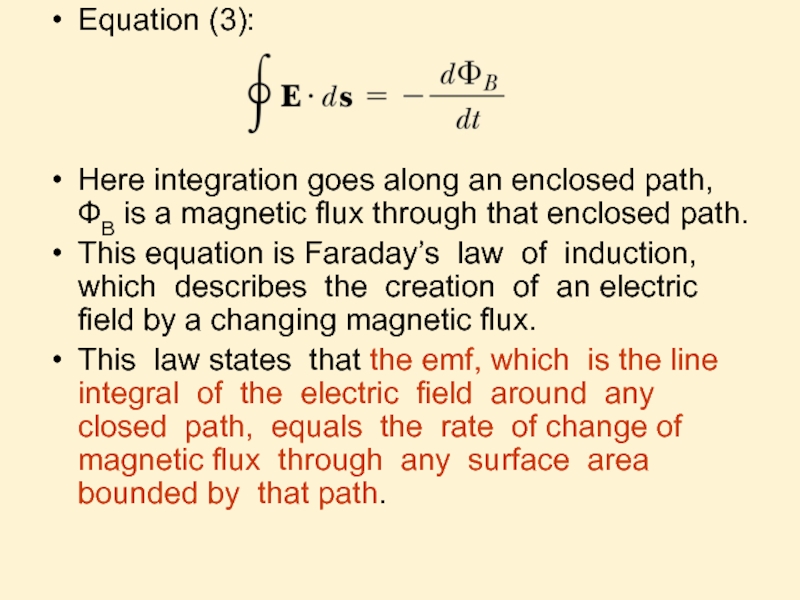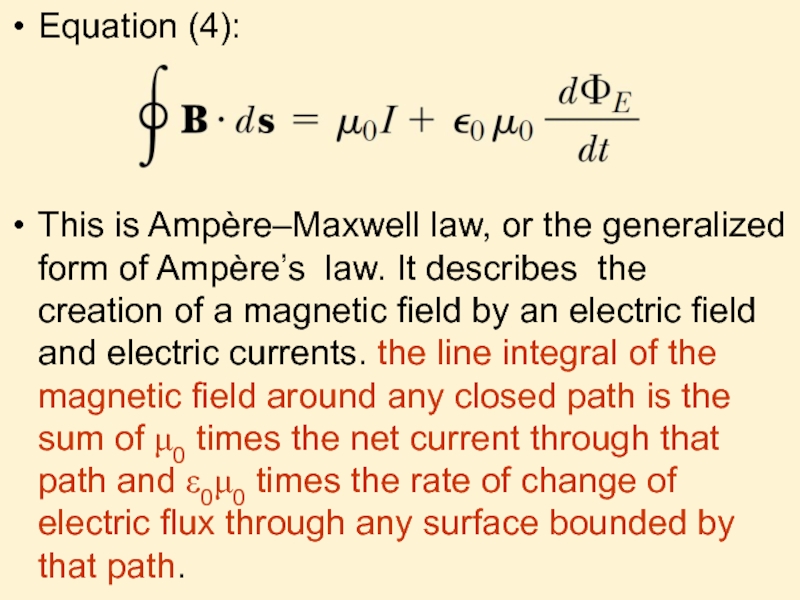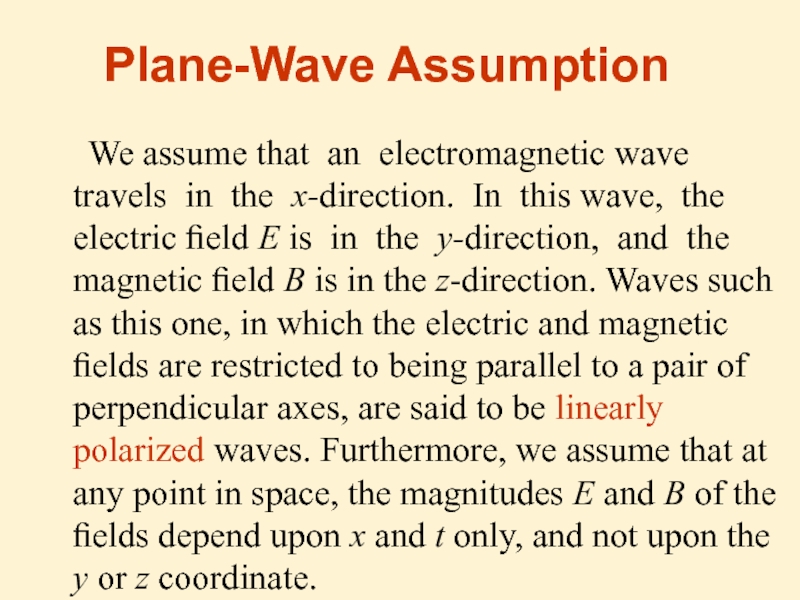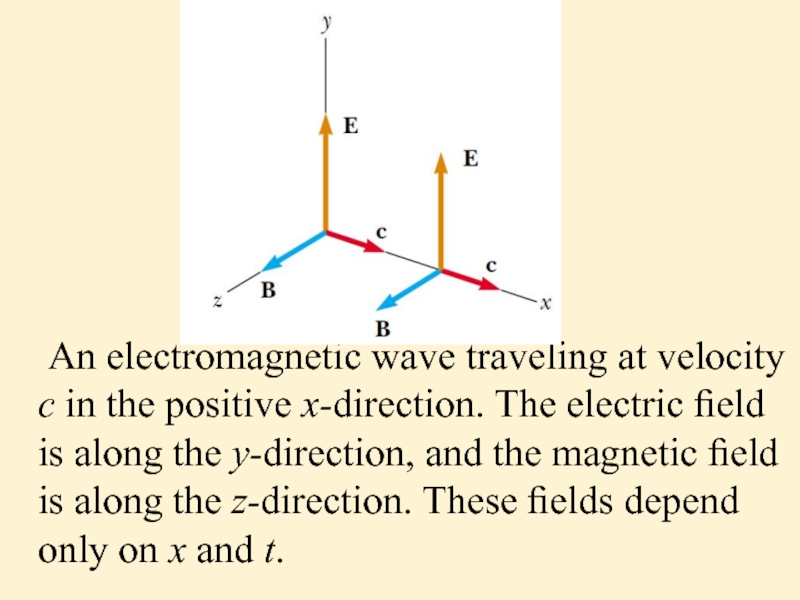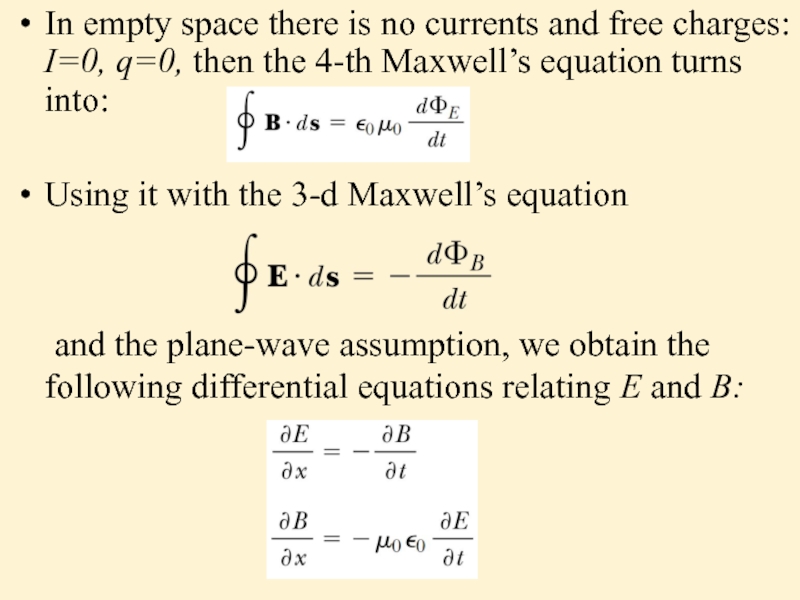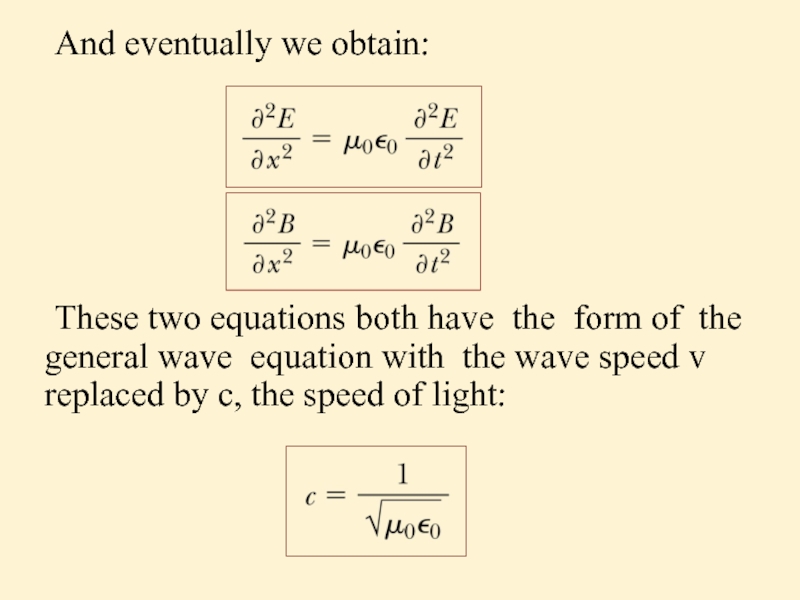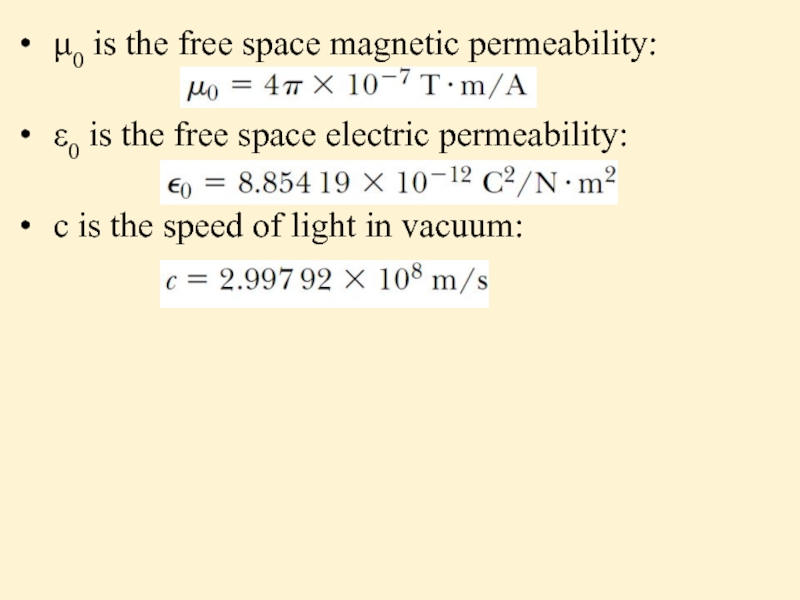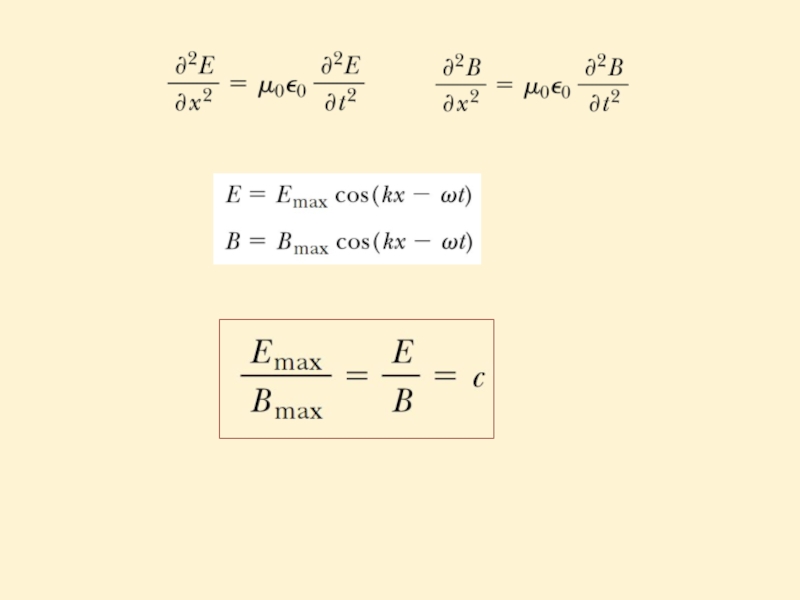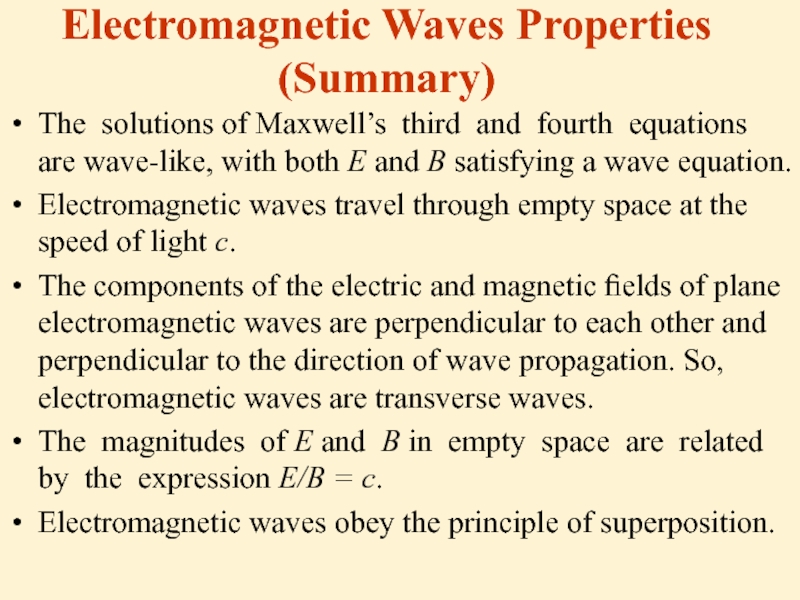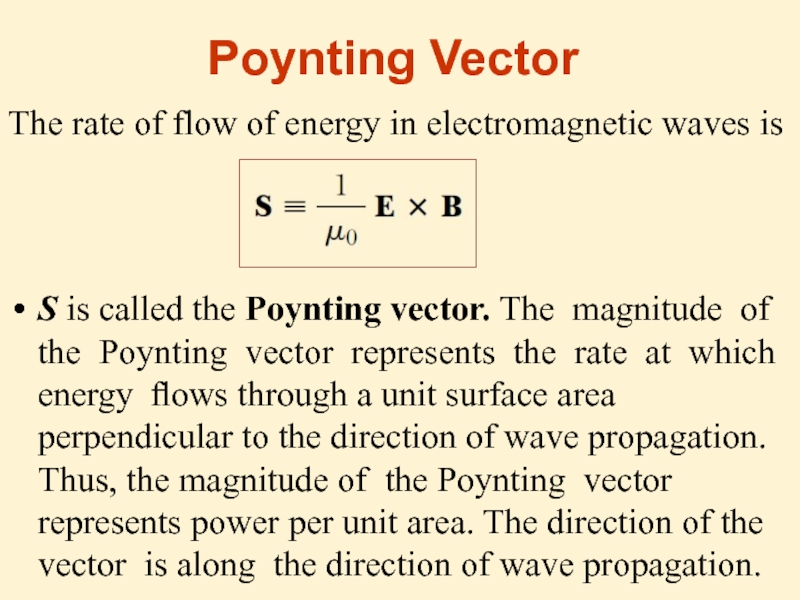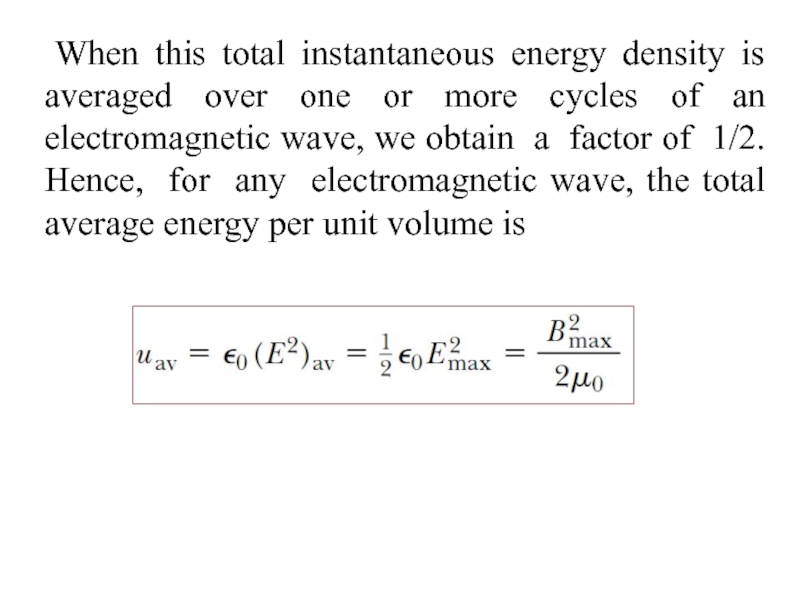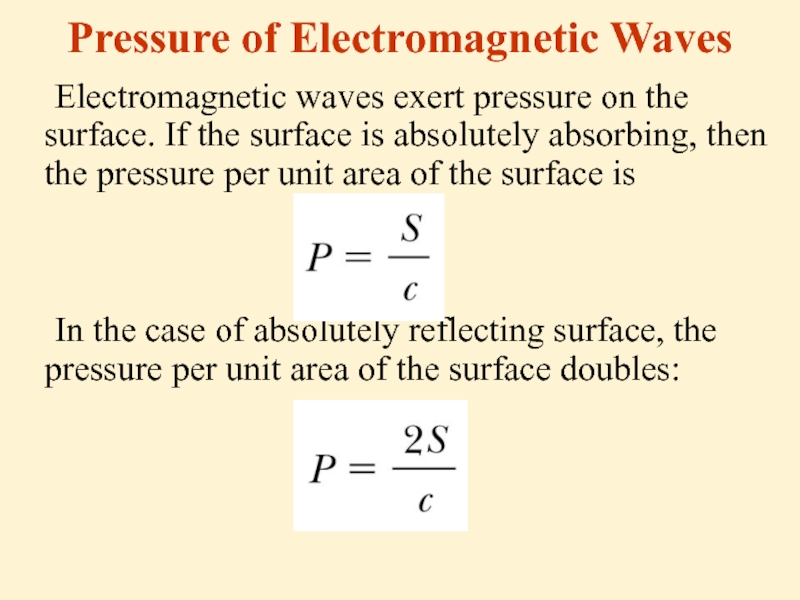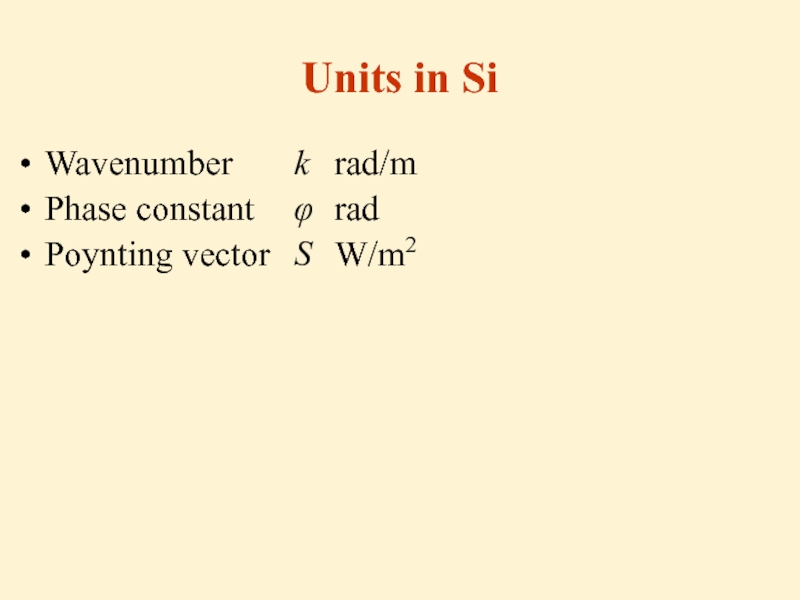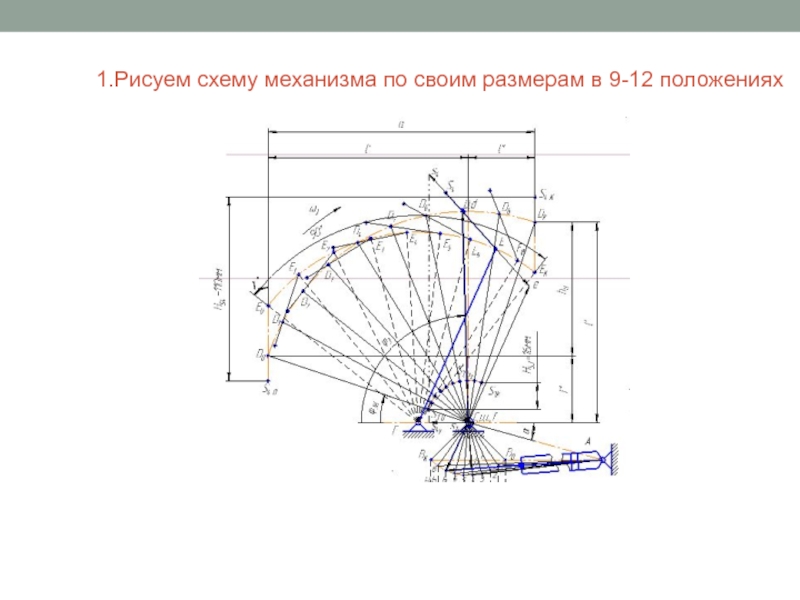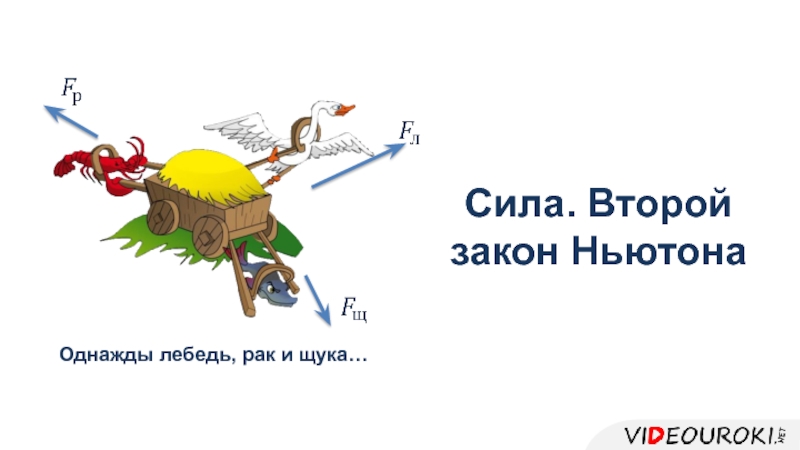- Главная
- Разное
- Дизайн
- Бизнес и предпринимательство
- Аналитика
- Образование
- Развлечения
- Красота и здоровье
- Финансы
- Государство
- Путешествия
- Спорт
- Недвижимость
- Армия
- Графика
- Культурология
- Еда и кулинария
- Лингвистика
- Английский язык
- Астрономия
- Алгебра
- Биология
- География
- Детские презентации
- Информатика
- История
- Литература
- Маркетинг
- Математика
- Медицина
- Менеджмент
- Музыка
- МХК
- Немецкий язык
- ОБЖ
- Обществознание
- Окружающий мир
- Педагогика
- Русский язык
- Технология
- Физика
- Философия
- Химия
- Шаблоны, картинки для презентаций
- Экология
- Экономика
- Юриспруденция
Transverse waves. Longitudinal waves. Energy and radiation pressure презентация
Содержание
- 1. Transverse waves. Longitudinal waves. Energy and radiation pressure
- 2. Lecture 2 Transverse Waves Longitudinal Waves Wave
- 3. Propagation of Disturbance All mechanical waves require
- 4. Transverse waves
- 5. Longitudinal Waves A traveling wave or pulse
- 6. What Do Waves Transport? The disturbance
- 7. Wave Function
- 8. The shape of the pulse traveling to
- 9. Sinusoidal Waves When the wave function is
- 11. The frequency of a periodic wave is
- 12. Then the wave function takes the form:
- 13. So the wave function is:
- 14. Wave Speed on String If a string
- 15. T is the tension in the string
- 16. Rate of Energy Transfer by Sinusoidal Waves
- 17. The Doppler Effect Doppler effect is the
- 18. When the source is stationary with respect
- 19. Wave Equation From the wave function we
- 20. Electromagnetic Waves The properties of electromagnetic waves
- 21. Equation (1): Here integration
- 22. Equation (2): Here integration goes
- 23. Equation (3): Here integration
- 24. Equation (4): This is
- 25. We assume that an electromagnetic wave travels
- 26. An electromagnetic wave traveling at velocity c
- 27. In empty space there is no currents
- 28. And eventually we obtain:
- 29. μ0 is the free space magnetic
- 31. Electromagnetic Waves Properties (Summary) The solutions of
- 32. The rate of flow of energy in
- 33. Energy of Electromagnetic Waves Electromagnetic waves carry
- 34. When this total instantaneous energy density is
- 35. Pressure of Electromagnetic Waves Electromagnetic waves exert
- 36. Units in Si Wavenumber k rad/m Phase constant φ rad Poynting vector S W/m2
Слайд 2Lecture 2
Transverse Waves
Longitudinal Waves
Wave Function
Sinusoidal Waves
Wave Speed on a String
Power of
The Doppler Effect
Waves. The wave equation
Electromagnetic waves. Maxwell’s equations
Poynting Vector
Energy and Radiation Pressure
Слайд 3Propagation of Disturbance
All mechanical waves require
(1) some source of disturbance,
(2) a medium that can be disturbed,
(3) some physical mechanism through which elements of the medium can influence each other.
In mechanical wave motion, energy is transferred by a physical disturbance in an elastic medium.
Слайд 5Longitudinal Waves
A traveling wave or pulse that causes the elements of
Слайд 6What Do Waves Transport?
The disturbance travels or propagates with a definite
Mechanical waves transport energy, but not matter.
Слайд 8The shape of the pulse traveling to the right does not
y(x,t)=y(x-vt,0)
We can define transverse, or y-positions of elements in the pulse traveling to the right using f(x) :
y(x,t)=f(x-vt)
And for a pulse traveling to the left:
y(x,t)=f(x+vt)
The function y(x,t) is called the wave function, v is the speed of wave propagation.
The wave function y(x,t) represents:
- in the case of transverse waves: the transverse position of any element located at position x at any time t
- in the case of longitudinal waves: the longitudinal displacement of a particle from the equilibrium position
Слайд 9Sinusoidal Waves
When the wave function is sinusoidal then we have sinusoidal
A one-dimensional sinusoidal wave traveling to the right with a speed V. The brown curve represents a snapshot of the wave at t = 0, and the blue curve represents a snapshot at some later time t.
Слайд 11 The frequency of a periodic wave is the number of crests
The sinusoidal wave function at t=0:
The sinusoidal wave function at any t:
If the wave travels to the left then x-vt must be replaced by x+vt.
Слайд 12Then the wave function takes the form:
Let’s introduce new parameters:
Wave number:
Angular
Слайд 13 So the wave function is:
Connection of wave speed with other parameters:
The
φ is the phase constant.
Слайд 14Wave Speed on String
If a string under tension is pulled sideways
Likewise, the wave speed should decrease as the mass per unit length of the string increases. This is because it is more difficult to accelerate a massive element of the string than a light element.
Слайд 15T is the tension in the string
μ is mass per
Then the wave speed on the string is
Do not confuse the T in this equation for the tension with the symbol T used for the period of a wave.
Слайд 16Rate of Energy Transfer by Sinusoidal
Waves on Strings
Waves transport energy when
P is the power or rate of energy transfer
m is mass per unit length of the string
ω is the wave angular frequency
A is the wave amplitude
V is the wave speed
In general, the rate of energy transfer in any sinusoidal wave is proportional to the square of the angular frequency and to the square of the amplitude.
Слайд 17The Doppler Effect
Doppler effect is the shift in frequency and wavelength
If the source of sound moves relative to the observer, then the frequency of the heard sound differs to the frequency of the source:
f is the frequency of the source
V is the speed of sound in the media
VS is the speed of the source relative to the media, positive direction is toward the observer
VO is the speed of the observer, relative to the media, positive direction is toward the source
f`’ is the frequency heard by the observer
The Doppler Effect is common for all types of waves: mechanical, sound, electromagnetic waves.
Слайд 18When the source is stationary with respect to the medium the
λ`=λ
When the source moves with respect to the medium the wavelength changes:
λ`=λ-vs/f
So when the observer is stationary with respect to the medium and the source approaches the observer the wavelength decreases and vice versa.
Слайд 19Wave Equation
From the wave function we can get an expression for
∂ y/∂t means partial derivative of function y(x,t) by t, keeping x constant.
∂ 2 y/∂x2 is the second partial derivative of y with respect to x at t constant.
y is:
the transverse displacement of a media particle in the case of transverse waves
the longitudinal displacement of a media particle from the equilibrium position in the case of longitudinal waves (or variations in either the pressure or the density of the gas through which the sound waves are propagating)
In the case of electromagnetic waves, y corresponds to electric or magnetic field components.
x is the displacement of the traveling wave
V is the wave speed: V=dx/dt
Слайд 20Electromagnetic Waves
The properties of electromagnetic waves can be deduced from Maxwell’s
(1)
(2)
(3)
(4)
Слайд 21Equation (1):
Here integration goes across an enclosed surface, q is the
This is the Gauss’s law: the total electric flux through any closed surface equals the net charge inside that surface divided by ε0.
This law relates an electric field to the charge distribution that creates it.
Слайд 22Equation (2):
Here integration goes across an enclosed surface.
It can be considered
That is, the number of magnetic field lines that enter a closed volume must equal the number that leave that volume. This implies that magnetic field lines cannot begin or end at any point. It means that there is no isolated magnetic monopoles exist in nature.
Слайд 23Equation (3):
Here integration goes along an enclosed path, ФB is a
This equation is Faraday’s law of induction, which describes the creation of an electric field by a changing magnetic flux.
This law states that the emf, which is the line integral of the electric field around any closed path, equals the rate of change of magnetic flux through any surface area bounded by that path.
Слайд 24Equation (4):
This is Ampère–Maxwell law, or the generalized form of Ampère’s
Слайд 25 We assume that an electromagnetic wave travels in the x-direction. In
Plane-Wave Assumption
Слайд 26 An electromagnetic wave traveling at velocity c in the positive x-direction.
Слайд 27In empty space there is no currents and free charges: I=0,
Using it with the 3-d Maxwell’s equation
and the plane-wave assumption, we obtain the following differential equations relating E and B:
Слайд 28 And eventually we obtain:
These two equations both have the form of
Слайд 29 μ0 is the free space magnetic permeability:
ε0 is the
c is the speed of light in vacuum:
Слайд 31Electromagnetic Waves Properties (Summary)
The solutions of Maxwell’s third and fourth equations
Electromagnetic waves travel through empty space at the speed of light c.
The components of the electric and magnetic fields of plane electromagnetic waves are perpendicular to each other and perpendicular to the direction of wave propagation. So, electromagnetic waves are transverse waves.
The magnitudes of E and B in empty space are related by the expression E/B = c.
Electromagnetic waves obey the principle of superposition.
Слайд 32The rate of flow of energy in electromagnetic waves is
S is
Poynting Vector
Слайд 33Energy of Electromagnetic Waves
Electromagnetic waves carry energy with total instantaneous energy
This instantaneous energy is carried in equal amounts by the electric and magnetic fields:
Слайд 34 When this total instantaneous energy density is averaged over one or
Слайд 35Pressure of Electromagnetic Waves
Electromagnetic waves exert pressure on the surface. If
In the case of absolutely reflecting surface, the pressure per unit area of the surface doubles:
